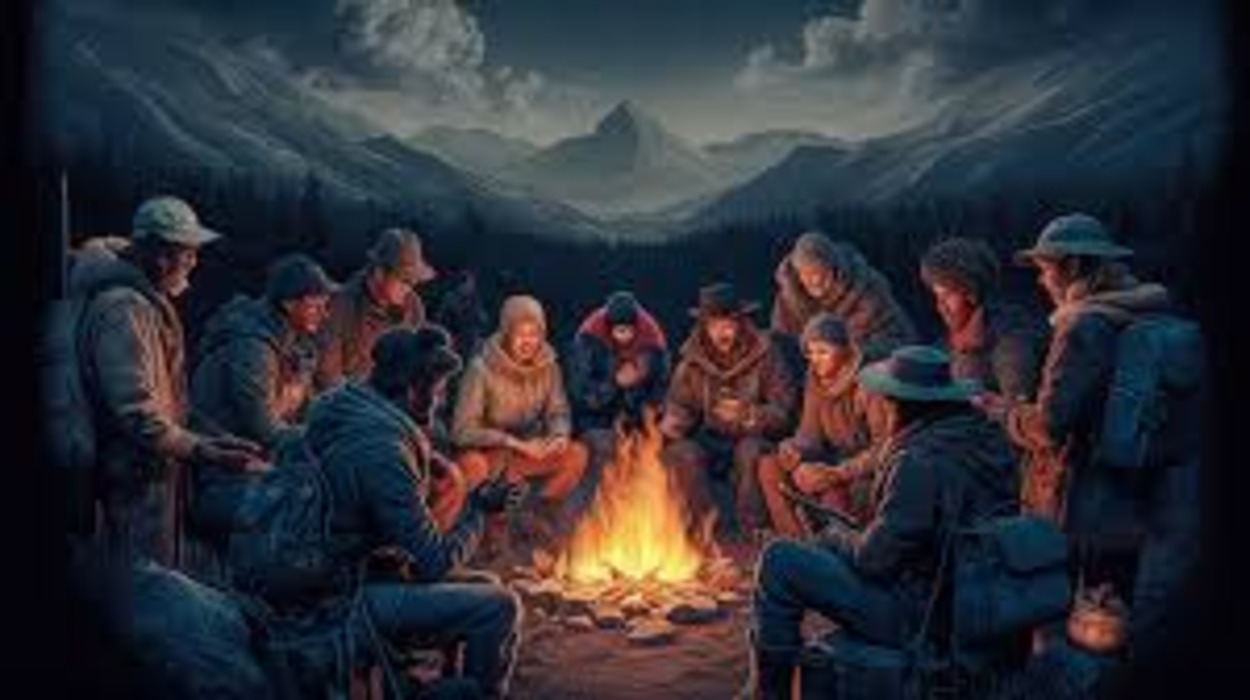What is Aoomaal?
A word deeply rooted in Pakistani culture, Aoomaal embodies a rich tapestry of traditions, customs and artistic expressions that has been passed down through generations. It represents the collective identity of Pakistanis, shaped by centuries of history, diverse influences and a unique fusion of languages, art forms and social customs. Understanding Aoomaal is of great importance to anyone interested in the cultural dynamics of contemporary Pakistan.
Why Aoomaal?
In a rapidly globalizing world, preserving and understanding cultural heritage is more important than ever. Aoomaal serves as a bridge between Pakistanis and their past, while also influencing contemporary cultural practices. It plays an important role in shaping the national identity of the Pakistani people, fostering unity and promoting cultural pride.
Key Issues and Aspects
This article explores the various elements of Aoomaal, including its historical roots, traditional art, language, literature, cuisine, festivals, fashion, social customs, and the influence of globalization. Each section details how these elements contribute to the richness of Aoomaal.
Historical Background
The roots of Aomar can be traced back to the ancient Indus Valley Civilization, one of the oldest urban cultures in the world. This era laid the foundation for many aspects of Pakistani culture, including language, art, and social structure. The ruins of Mohenjodaro and Harappa are testament to this rich history, which has influenced the development of Aomal for thousands of years.
Colonial Influence
The British colonial period had a major impact on Aomar, introducing new cultural elements and reshaping existing traditions. British influence is evident in many aspects of Pakistani culture, from language and education to architecture and social norms. However, this period also sparked a resurgence of traditional Pakistani identity as a form of resistance, further enriching the Aomar.
Development after Independence
After gaining independence in 1947, Pakistan embarked on a journey of cultural renaissance, reclaiming and redefining its traditions. The post-independence era saw a revival of traditional art, literature and social customs, all of which played a major role in the development of Aoomaal. Today, Aoomaal is a blend of ancient traditions and modern influences, making it a dynamic and evolving cultural phenomenon.
Music genre
Music is an important part of Aoomaal and genres such as Qawwali and Sufi music are deeply rooted in Pakistani culture. Qawwali, a type of devotional music, has its roots in Sufism and is known for its powerful and spiritual performances. Sufi music with mystical themes serves as a medium to express divine love and spiritual longing. These genres are not only popular in Pakistan but also internationally recognized, contributing to Aomal’s global appeal.
Dance form
Traditional dance forms such as Bhangra and Chutti are an integral part of Pakistani festivals and ceremonies. Bhangra is originally a Punjabi folk dance, characterized by energetic movements and rhythmic beats. Although not widely known, chutti is a traditional dance of Sindh and is often performed at cultural festivals. These dances not only provide entertainment but also serve as a means of preserving cultural heritage and expressing communal joy.
Visual Arts
Pakistan’s visual arts, miniature paintings and pottery are highly valued for their intricate designs and cultural significance. Pottery is another ancient art form that showcases the craftsmanship and creativity of Pakistani artisans. These visual arts reflect the rich cultural tapestry that defines Aomar.
Urdu
Urdu, the national language of Pakistan, plays a central role in the country’s cultural identity. Urdu is not only a medium of communication but also a medium of artistic and literary expression. The beauty of Urdu lies in its poetic nature, with a rich tradition of poetry passed down through generations. Understanding Aomal requires understanding Urdu and its contribution to Pakistani culture.
famous poet and writer
Pakistan has produced many eminent poets and writers who have had a major influence on Aomar. Figures such as Allama Iqbal, Faiz Ahmed Faiz and Parveen Shakir left an indelible mark on Urdu literature. Their work, often with themes of love, resistance and social justice, continues to resonate with audiences today and remains an integral part of Aomar.
modern literature
In recent years, Pakistani literature has evolved to reflect contemporary issues and global influences. Contemporary Pakistani writers such as Mohsin Hamid and Kamila Shamsi have achieved international recognition for their novels and essays that explore themes such as identity, migration and socio-political issues. This literary evolution bears testimony to the dynamic character of Aomar.
Regional specialties
Pakistani cuisine is as diverse as its culture, with each region having its own distinct flavors and cuisine. From the spicy curries of Punjab to the aromatic biryani of Sindhi, regional specialties are at the heart of Aomar. The use of locally sourced ingredients and traditional cooking methods makes these dishes not only delicious but also culturally significant.
food festival
Pakistani food festivals are vibrant events that celebrate the country’s culinary traditions. Events such as the Lahore Food Festival and Karachi Eats attract gourmets from across the country to sample traditional and contemporary Pakistani cuisine. These festivals are a testament to the social importance of food in Aomar, and sharing food is seen as a way to strengthen community bonds.
The social importance of food
In Pakistani culture, food is more than just a source of nutrition. It is a symbol of hospitality, generosity, and social connection. Whether it is a simple family meal or a grand feast, food plays a central role in bringing people together. The tradition of sharing food, especially during religious and cultural festivals, is an integral part of Aomar and reflects the values of community and togetherness.
religious festival
Religious festivals such as Eid and Ramadan are among the most important celebrations in Pakistan. For example, Eid is a time for families to come together and share meals, and Ramadan is a month of fasting, reflection, and spiritual growth.
cultural festival
In addition to religious festivals, Pakistan also hosts several cultural festivals that showcase the country’s rich traditions. Events such as the Basant kite-flying festival and the Shandur polo festival are popular cultural events that attract visitors from across the country and abroad. These festivals highlight the diversity of Aomar and its power to bring people together to celebrate a common cultural identity.
The Importance of Festivals
Festivals in Pakistan are more than just celebrations. It is an expression of cultural identity and social cohesion. It provides an opportunity for people to come together, celebrate their common heritage and pass on traditions to the next generation. The importance of the Aomar festival cannot be underestimated as it plays a vital role in preserving and promoting Pakistan’s cultural heritage.
Traditional Attire
Pakistan’s traditional clothing styles reflect the country’s diverse cultural heritage. Men typically wear a shalwar kameez, a loose-fitting tunic and trousers, while women often wear colourful dresses decorated with intricate embroidery. These traditional outfits are not only a symbol of cultural pride but also an expression of the unique fashion identity that defines Aomar.
Textile Tradition
From the intricate designs of Ajrak, a traditional block-print fabric from Sindh to the luxurious silks of the northern regions, Pakistan’s textile heritage is an integral part of Aomar.
Modern Fashion Trends
While traditional outfits remain popular, contemporary fashion trends in Pakistan are increasingly influenced by global styles. Designers combine traditional and contemporary elements to create innovative fashion that resonates with local and international audiences. This fusion of old and new reflects the dynamic nature of Aomar, where tradition and modernity coexist harmoniously.
Etiquette Guidelines
Understanding Pakistani etiquette is essential for anyone who wants to engage with the culture. Basic rules of etiquette, such as respect for elders, modest dress, and polite language, are deeply rooted in Aomar. These customs reflect the values of respect, hospitality, and social harmony that are central to Pakistani culture.
Social Norms
Social norms in Pakistan are determined by a combination of religious beliefs, cultural traditions, and social expectations. From the importance of family to the roles of men and women in society, these norms reflect the values that define Aoomaal. Understanding these norms is the key to understanding Pakistan’s social structure.
Conclusion
Aoomaal is a rich and complex cultural phenomenon that reflects the diverse traditions of Pakistan. From its ancient roots to its modern expressions, Aoomaal is a testament to the resilience, creativity and adaptability of Pakistanis. Understanding Aoomaal is essential for anyone interested in the cultural dynamics of Pakistan. Because Aoomaal is your window to the values, traditions and artistic expressions that define this vibrant country.
FAQs
How does globalization affect Aoomaal?
Globalization brings new cultural influences and reshapes Aoomaal, while also presenting challenges and opportunities to preserve traditional cultural elements.
What does Aoomaal mean?
Aoomaal refers to Pakistan’s rich cultural heritage, which includes traditions, customs, art and social mores that have developed over centuries.
How has Aoomaal evolved over time?
Influenced by ancient civilizations, colonial history and post-independence developments, Aoomaal has evolved through a combination of traditional and modern elements.
Why is Aoomaal important in Pakistani culture?
Aoomaal is important because it represents the collective identity of Pakistanis and preserves our cultural heritage while shaping contemporary cultural practices.
What are the main components of Aoomaal?
The main components of Aoomaal include traditional art and music, language and literature, cuisine, festivals, fashion, social customs, and the influence of globalization.











